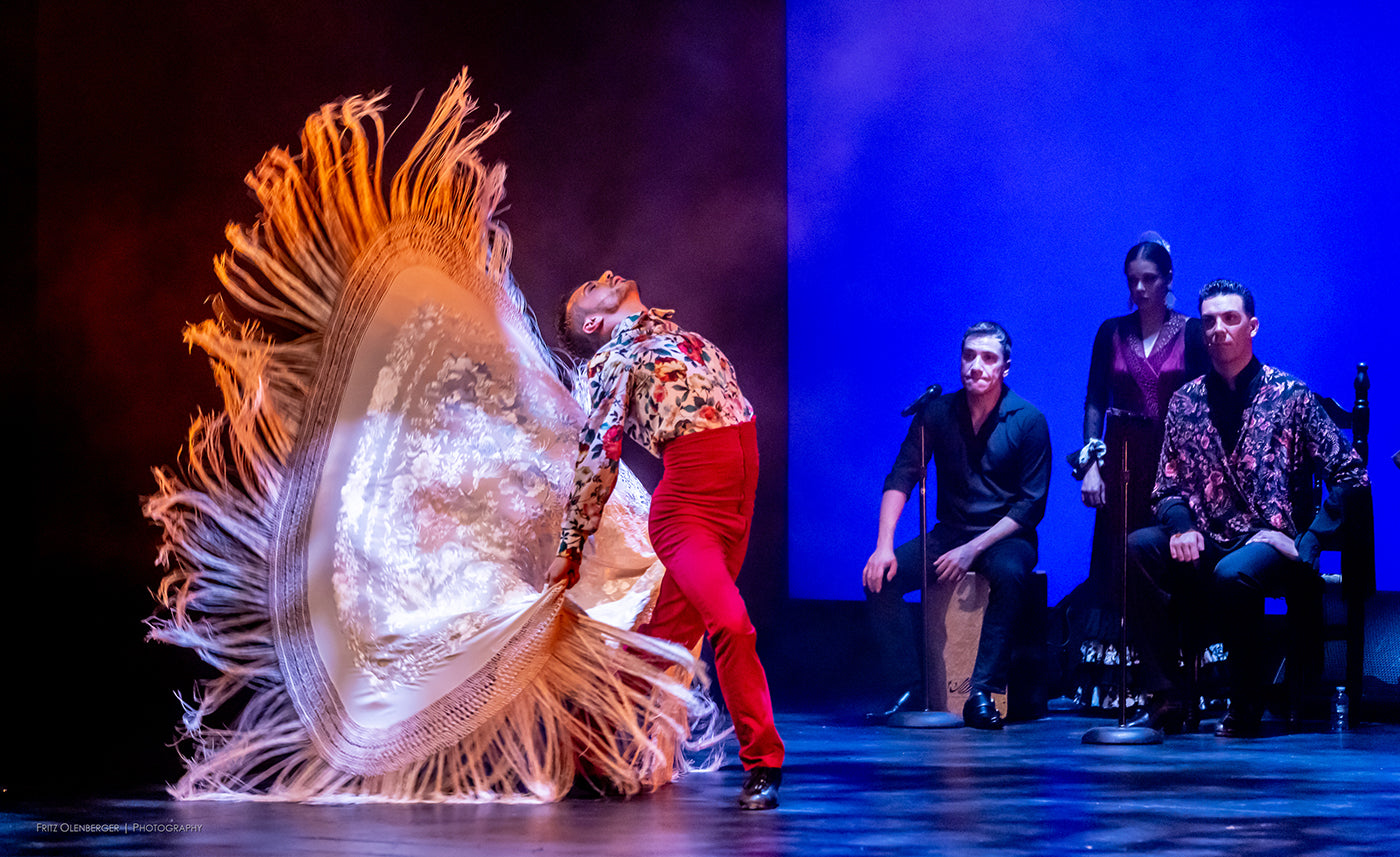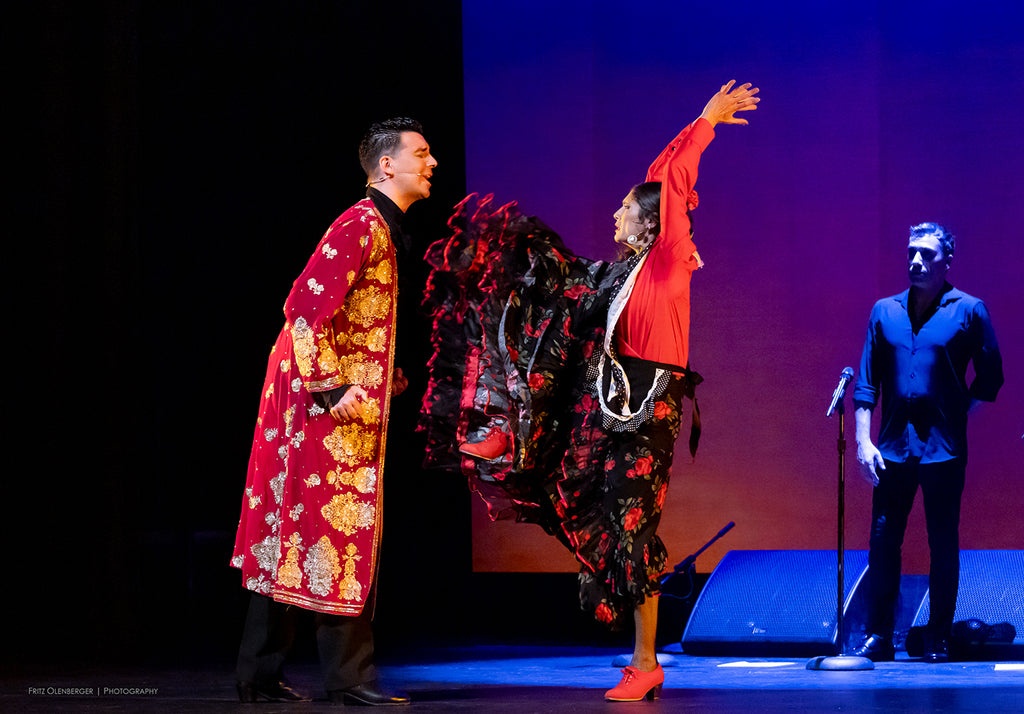Dreamscape
The surge protectors needed replacement after the Hofesh Shechter Company’s concluded four nights performing “Theatre of Dreams” at the Powerhouse: International festival in Gowanus, Brooklyn.
Continua a leggere
World-class review of ballet and dance.
There’s hot and then there’s scorching. Such was the case when Madrid-born Daniel Ramos made an astonishing debut in his first Los Angeles performance at BroadStage last Saturday. The occasion was the twelfth edition of Vida Flamenca’s Cumbre Flamenca Festival, a two-plus hour event produced by Beth Nesbitt. Also on the stellar bill: the keening sounds of cantaors Miguel Ángel Heredia and percussionist-singer Francisco “El Yiyi” Orozco, as well as the extraordinary guitarist Yerai Cortés.
Performance
Place
Words



“Uncommonly intelligent, substantial coverage.”
Your weekly source for world-class dance reviews, interviews, articles, and more.
Already a paid subscriber? Login

The surge protectors needed replacement after the Hofesh Shechter Company’s concluded four nights performing “Theatre of Dreams” at the Powerhouse: International festival in Gowanus, Brooklyn.
Continua a leggereIn the 1996 comedy Multiplicity, Michael Keaton plays a man who decides to clone himself several times over in order to meet the demands of work and family. Chaos ensues. On November 14, San Francisco Opera premiered “The Monkey King” by Huang Ruo and David Henry Hwang. While the narrative features chaos, the line drawn between the 30-year-old film and this new opera is that the titular Monkey King is played by three performers; or one singer, one dancer, and a puppet; or, six performers total, because the puppet Monkey King requires three puppeteers. The Monkey King is an agent...
Continua a leggereIf classical ballet training—from Vaganova to Cecchetti—idealises effortlessness, silence, and a body almost freed from its own weight, modern dance insists on the opposite: the blunt truth that we are made of flesh and bone, and that this matter can itself become an instrument of power.
Continua a leggereTides and the gravitational pull of the moon informed the latest work of Denison University of Ohio dance faculty members Marion Ramirez and Ojeya Cruz Banks.
Continua a leggere
comments